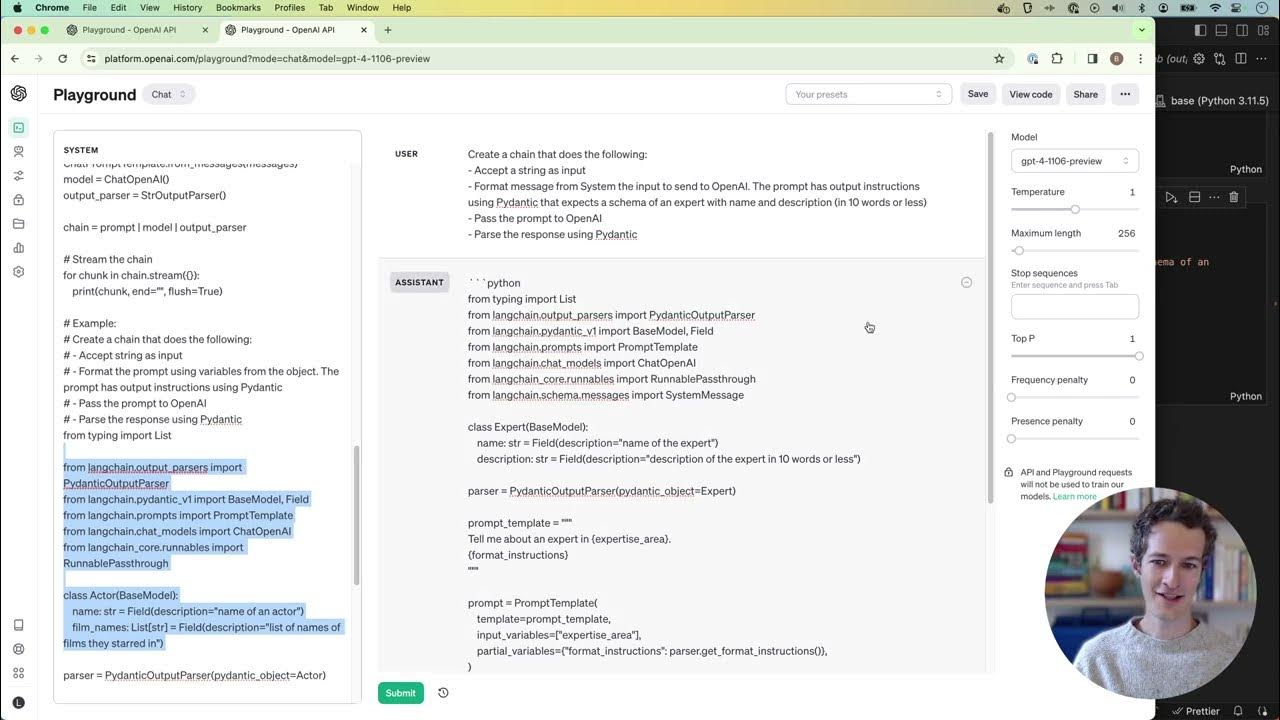How to Give Your Brain the Stimulation It Needs
Summary
TLDR本视频探讨了ADHD患者如何通过创建所谓的'Dopamenu'来满足他们对刺激的需求。由于快速获取多巴胺的方式往往无法真正满足需求,Eric Tivers建议通过预先规划活动菜单来避免无聊时做出不健康的选择。视频中介绍了如何设计菜单、准备材料、宣传菜单,并提供了随机选择生成器等工具,以帮助观众在需要时做出更有益的选择。
Takeaways
- 🤔 ADHD患者需要大量刺激来正常运作,而社交媒体等快速简单的多巴胺来源往往不足以满足这种需求。
- 🚫 我们不是因为认为浏览社交媒体是好的利用时间的方式,而是因为我们在寻找所需的刺激才这样做。
- 🔄 社交媒体的长时间浏览并不能真正让我们感到享受,就像用有洞的水桶装水一样,水进来又出去。
- 🎯 解决方案是做那些真正能给我们所需刺激的事情,真正能填满我们的“桶”。
- 🛠️ 做出不同的选择需要弄清楚选择是什么,权衡这些选择,弄清楚涉及的步骤,然后启动它们。
- 📋 制作一个“多巴胺菜单”或“dopa-menu”,列出那些能激发我们兴奋的事情。
- 🧘♀️ 通过设计菜单,准备材料,宣传菜单,来帮助我们在需要时做出更好的多巴胺选择。
- 🍽️ 菜单可以包括不同的类别,如主菜、甜点、开胃菜和配菜,以及不常见的“特餐”。
- 🚫 去掉那些目前不现实或不是真正“点餐”和“制作”的选项。
- 🏋️♂️ 为了鼓励自己做一些活动,减少开始这些活动的步骤数量;对于想要减少的活动,增加步骤。
- 📝 菜单上可以有吸引人的描述,甚至可以制作得漂亮或有趣,并放在我们能看到的地方。
- 🤷♂️ 如果什么都不觉得有趣,可能需要联系医生,因为这可能是抑郁的迹象。
Q & A
为什么ADHD患者会花费数小时在社交媒体上滚动浏览?
-ADHD患者需要大量的刺激来正常运作,他们滚动浏览社交媒体是因为在寻找所需的刺激,而不是因为认为这是好的利用时间的方式。
为什么快速简单的多巴胺来源往往不足以真正满足ADHD患者的需求?
-因为这些刺激源像是一个有洞的水桶,水进来又出去,导致他们花费很多时间在社交媒体上,却没有真正享受到乐趣。
Eric Tivers是如何比喻我们尝试用快速简单的方式满足多巴胺需求的?
-Eric Tivers将此比喻为用一个有洞的水桶来装水,水不断地进来也不断地出去,无法真正填满水桶。
为什么我们需要做出不同的选择来满足我们的多巴胺需求?
-因为不同的选择可以提供更持久和更深层次的刺激,从而真正满足我们的需求,而不是仅仅依赖快速简单的多巴胺来源。
为什么在多巴胺水平较低时,做出好的选择会变得更加困难?
-当多巴胺水平较低时,人们更难以忍受无聊和等待,这使得选择更健康或更有益的活动变得更加困难。
Eric提出的'dopa-menu'是什么?
-'dopa-menu'是一个多巴胺菜单,列出了那些能激发我们兴奋感的活动,以便在我们感到无聊时可以选择。
如何设计一个有效的'dopa-menu'?
-设计'dopa-menu'时,需要考虑那些让你感到兴奋或活着的活动,以及你无聊时常做的活动,并将它们分类,如主菜、甜点、开胃菜和配菜。
为什么我们需要从'dopa-menu'中删除不现实或不常做的选项?
-因为'dopa-menu'应该是一个你真正会'点'和'做'的菜单,删除不现实或不常做的选项可以让我们更专注于那些可行且有益的活动。
为什么在菜单上准备食材(即提前准备活动)很重要?
-提前准备可以减少开始活动的等待时间,使我们在需要时能够更快地获得多巴胺刺激。
如何让'dopa-menu'更加吸引人?
-可以通过增加诱人的描述、使菜单看起来漂亮或有趣,以及将其放置在我们容易看到的地方来吸引我们的注意力。
如果什么都不好玩,Eric有什么建议?
-如果什么都不好玩,Eric建议咨询医生,因为这可能是抑郁症的症状,而不仅仅是因为ADHD导致的无聊。
Outlines

此内容仅限付费用户访问。 请升级后访问。
立即升级Mindmap

此内容仅限付费用户访问。 请升级后访问。
立即升级Keywords

此内容仅限付费用户访问。 请升级后访问。
立即升级Highlights

此内容仅限付费用户访问。 请升级后访问。
立即升级Transcripts

此内容仅限付费用户访问。 请升级后访问。
立即升级浏览更多相关视频

这个百亿大佬,竟然是我师兄?他成功的秘诀是……

Build an AI code generator w/ RAG to write working LangChain

Networking for GenAI Training and Inference Clusters | Jongsoo Park & Petr Lapukhov

A deep conversation on storytelling and studio building with Kinigra Deon and Alan Chikin Chow

上海万圣节,中国的年轻人真棒!|上海万圣节|东京万圣节|狂欢|cosplay|解构|王局拍案20231101

LangGraph Crash Course with code examples

24 小時不碰手機、不用網路,你做得到嗎?矽谷瘋傳的「多巴胺排毒」到底在做什麼?|志祺七七
5.0 / 5 (0 votes)